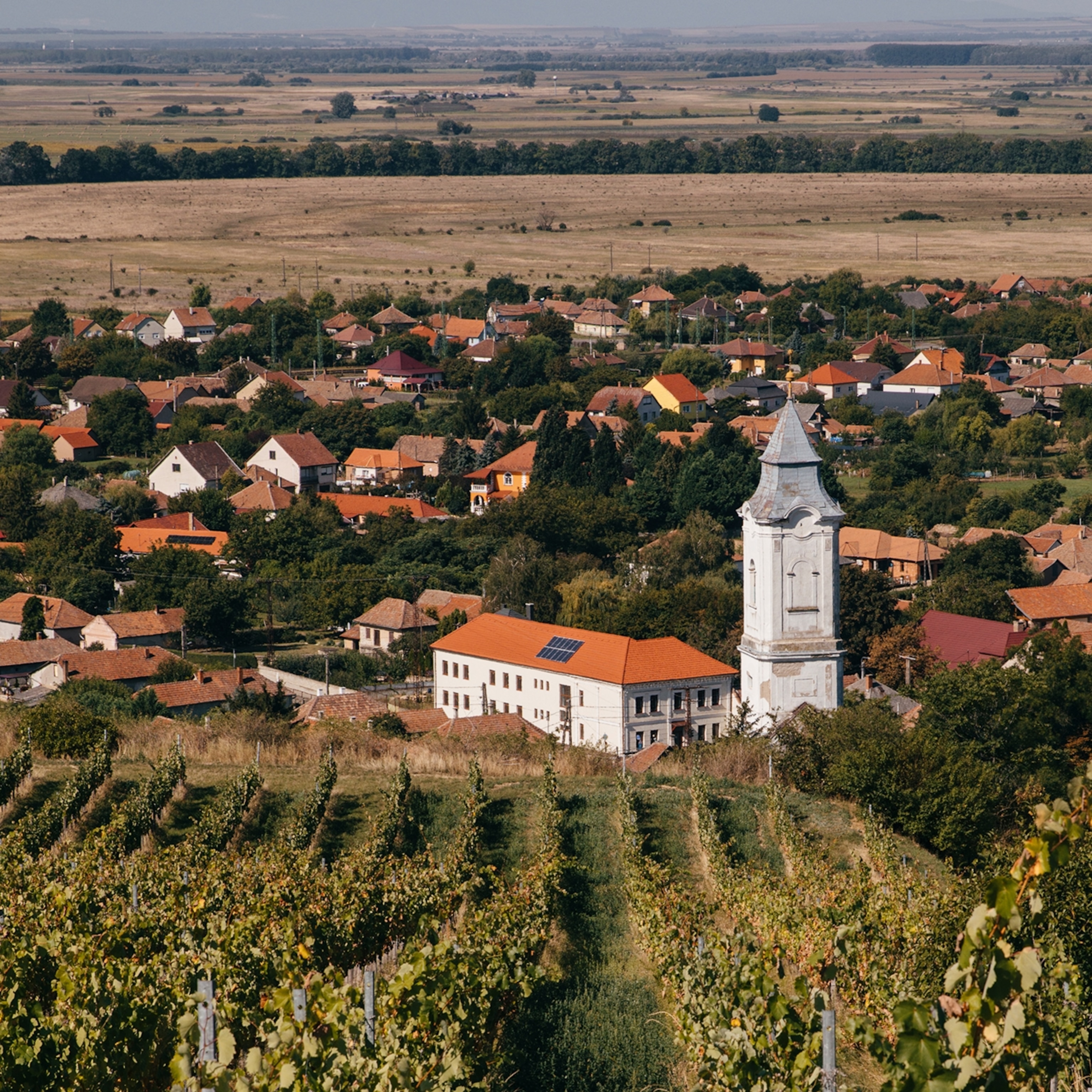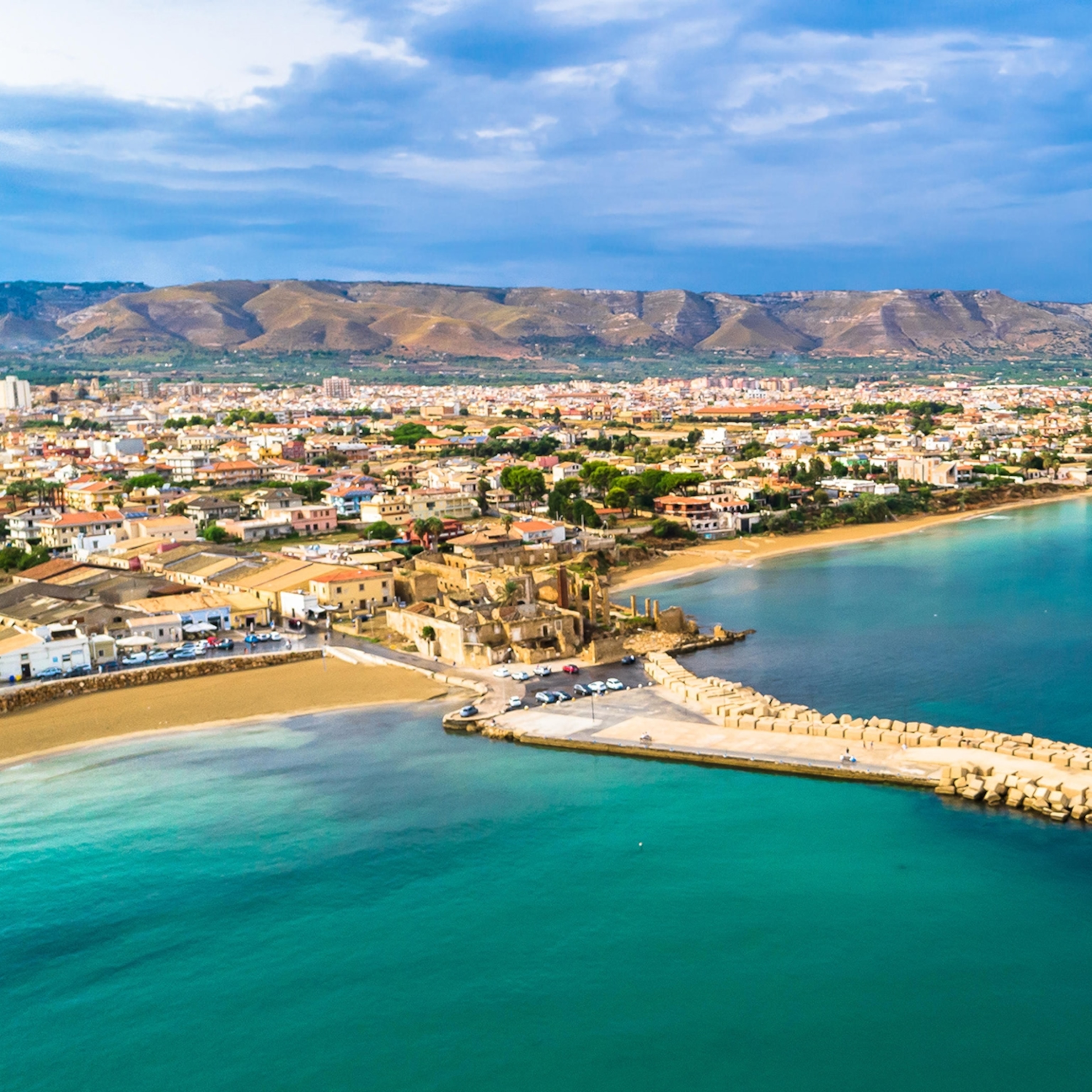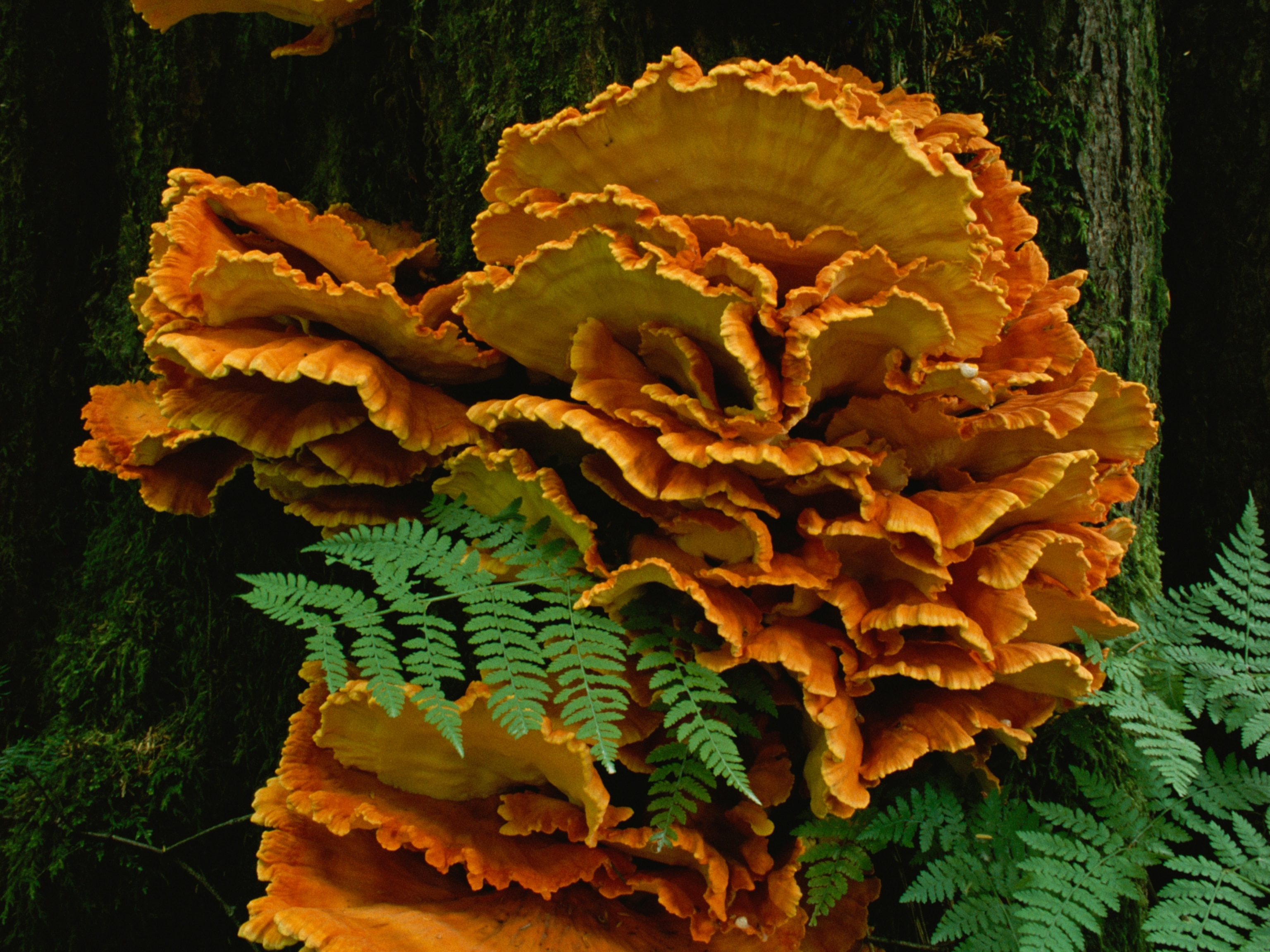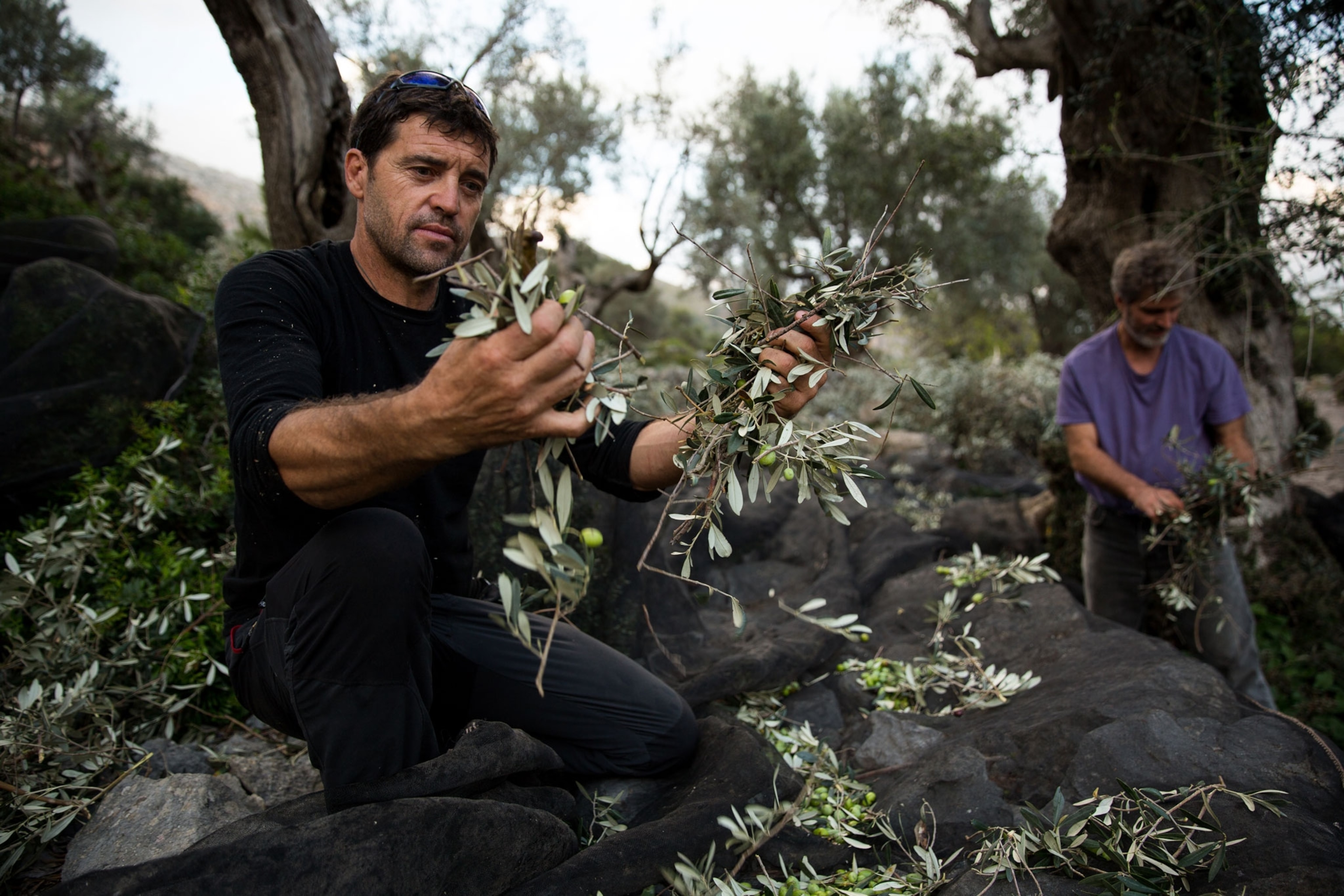
If You're Confused About Olive Oil, Just Taste It
Three months of laboring on family olive farms reveals why extra virgin oils deserve the same consideration—and pricing—as wine.
The theft occurs sometime before dinner.
We're sitting at a long dining room table pouring glasses of water and wine when Ricardo walks in and asks if someone has moved one of the 50-liter canisters of freshly pressed olive oil.
It's early evening in southern Italy, where I'm volunteering on a small farm outside of Lecce that's owned by a man named Giuseppe.
We follow Ricardo outside to look for the missing oil. The driveway is shrouded in darkness. Two canisters sit next to the car, illuminated by a pool of warm light spilling out from the porch—but the third is missing. We spend a few minutes searching the shadows and dark corners around the house before retreating, mystified, to the kitchen.
The oil is gone.
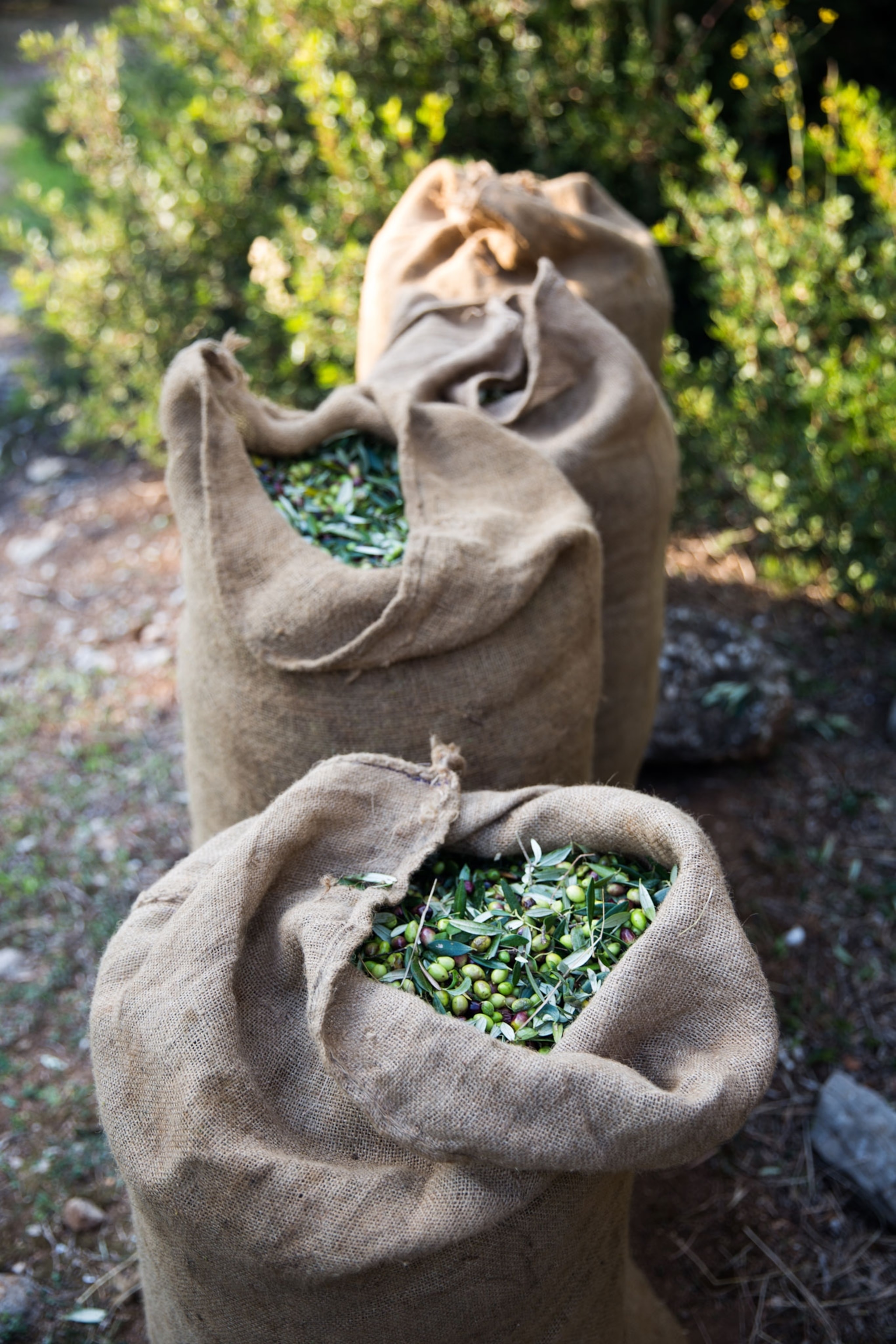
Over dinner, Giuseppe looks defeated, processing not only the economic loss—the oil was worth about 500 euros—but also the hours of manual labor that we would never get back. For most of the past week, we spent six hours a day picking olives. The oil in a single canister represents more than 1,100 pounds of olives and two or three hours of work by a team of eight people. It's not a fatal loss, but Giuseppe's profit margins are low, and at the end of the harvest, when the olives are already riper than they should be, time is of the essence.
While it's the first time Giuseppe has experienced theft, as a whole the olive oil industry, which turns over an estimated $11 billion a year, is fraught with scandal. In the past few years, large oil corporations have made headlines, with some being accused of selling inferior oil under the extra virgin label or adulterating their products with cheaper hazelnut or soybean oils.
But the majority of olive farms in Europe are small—around 54 percent measure just 12 acres in size. And it's becoming increasingly difficult for small producers to compete in a market where consumers don't understand that olive oil is fundamentally costly to produce.
An Oil Worth Working For
Olive oil and wine have been produced in the same regions for centuries, and the sensory qualities of both are heavily influenced by production method, varietal, and terroir. As with grapes, there are hundreds of different olive cultivars, and olive trees are grown in different regions and climates around the world.

But, says Pedruxella Gran owner Liz Barratt-Brown, wine consumers "understand there’s really cheap wine and there’s really expensive wine because there’s so much difference in how it’s produced." Olive oil customers generally don’t.
I arrive as a volunteer at Pedruxella, a sprawling 13th-century olive estate on the island of Mallorca, just before the start of the October harvest. It's my first stop on a three-month journey through Spain, Greece, and Italy in search of stories from small farmers who are still making real, authentic olive oil.
Barratt-Brown and her husband are Americans who live with their two children in Washington, D.C. They inherited the estate from Barratt-Brown's father in 1997 and hired a Mallorcan farmer, Tolo Bennassar, to manage it.
But business is a challenge.
Pedruxella is home to around 2,800 heirloom-variety olive trees—some estimated to be over a thousand years old—growing on mountainside terraces. Trees in traditional groves like this are the most difficult and expensive to make oil from, because unlike younger trees that can be harvested mechanically, these must be picked by hand. Long workdays start at sunrise and end as the light begins to fade into evening. It takes a team of five people three days to pick enough olives to bring to press. (See "The Bitter Truth About Olives.")

On small, family farms, volunteer labor helps with cost, but it's easy for aspiring farmhands to romanticize the harvest. On the first day, my arms were tired after five minutes, and it took an hour to finish the first tree. By the end of the day, my arms and legs were covered in scrapes and deep purple bruises. My whole body was sore, and I felt callouses forming on my hands.
But when I finally tasted Pedruxella's oil, it was unlike anything I had tried before—bold, spicy, and complex. I wanted to drink it straight from the bottle. The taste alone made all of the hard work worth it.
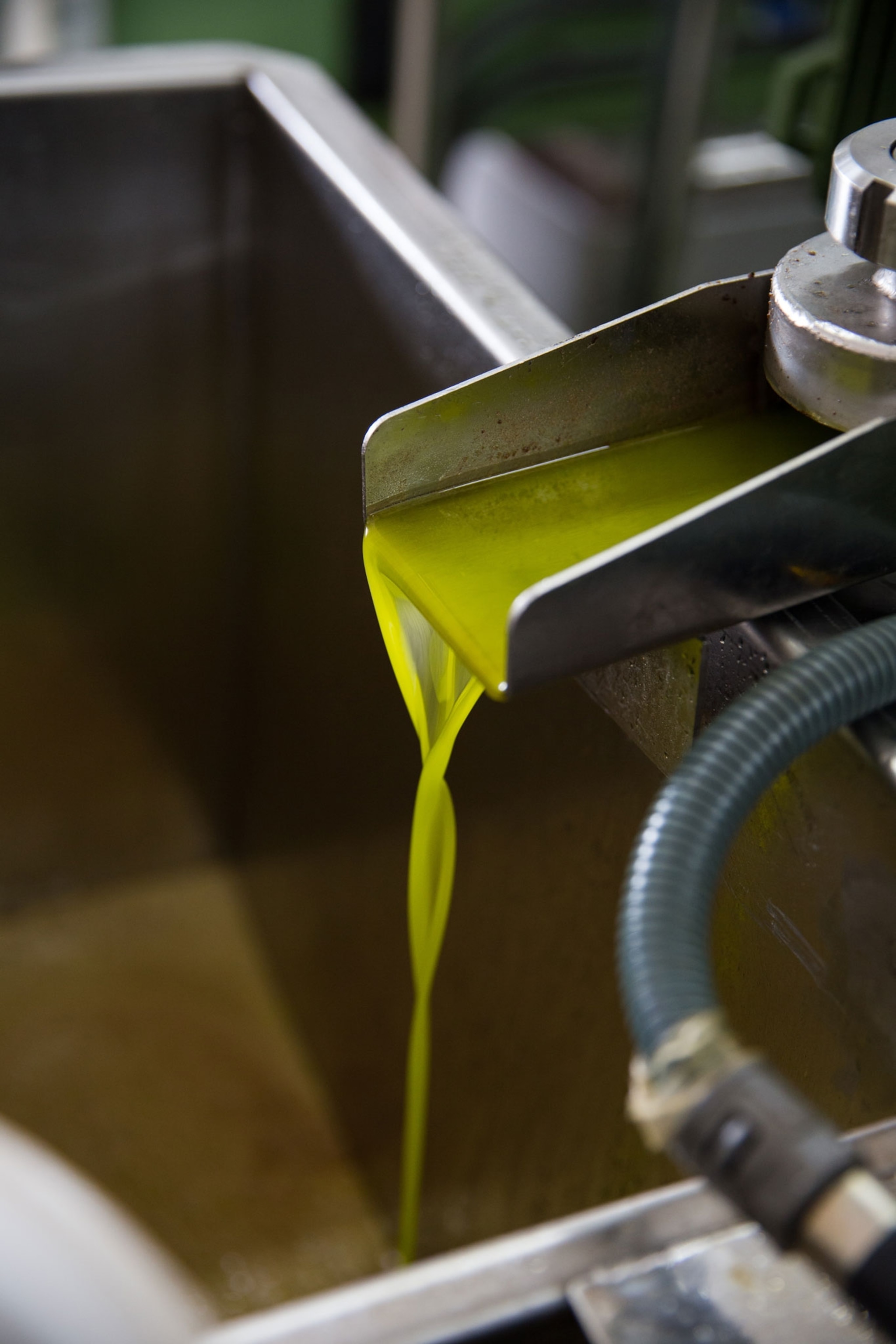
Pedruxella only produces 800 to 1,200 liters of olive oil in a good year. After factoring in the cost to press, bottle, and label it, plus Bennassar's time and the cost of housing and feeding volunteers, they more or less break even each year.
"It's frustrating," Barratt-Brown says, explaining that most producers on Mallorca aren’t using traditional mountain groves anymore. “It’s too hard, and it’s not economic. So this mountain oil that’s been produced on Mallorca for centuries could disappear.”
Meanwhile, the high demand for inexpensive Italian olive oil means varying degrees of fraud have become common.
So how do you know if you're buying the real thing?
How the Pros Taste Olive Oil
Armando Manni, founder of Manni Oil, waits for me in a small, sunny restaurant in Rome. I’m hoping to get his take on some recent Italian oil scandals, but he doesn't want to talk about fraud; he wants to teach me how to taste olive oil. Learning to taste it, he says, is the best way for consumers to recognize the difference between extra virgin and lower grade or fraudulent oil.
But first, what does extra virgin mean?
The main classifications of olive oil, as set out by the International Olive Council, are extra virgin, virgin, and lampante. To be classified as extra virgin, the highest grade, the oil must have a free acidity level of less than 0.8 percent and zero taste flaws. Professional olive oil sommeliers, trained to detect these flaws, work off an established list that includes terms like musty, fusty, and rancid, pointing to errors in harvest, production, or storage.
Manni, whose company's premiere oil sells for $260 a liter, shows me the tasting technique used by sommeliers. In a formal panel, tasters put the oil in dark blue glasses to prevent being influenced by color, since this is determined by cultivar and has nothing to do with quality. The rest of the process is strikingly similar to wine tasting—it involves a lot of swirling, smelling, and slurping.
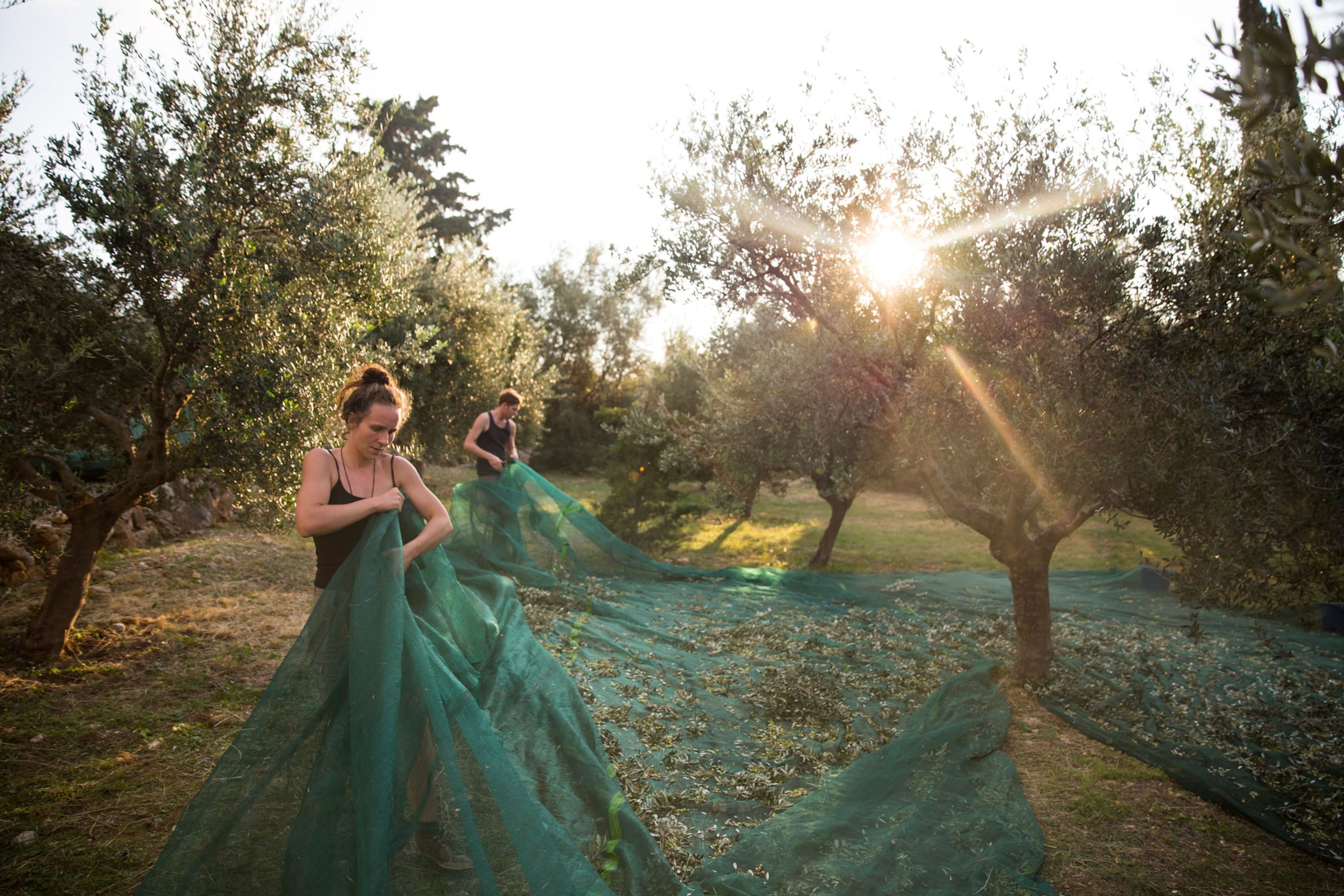
An extra virgin oil, Manni says, should taste bitter and have no noticeable taste flaws. Your mouth should feel clean after drinking it, and your tongue should almost immediately start producing saliva. It should never feel as though your mouth is coated in oil. And when you swallow extra virgin oil, you should feel a burning sensation in your throat. If you were to crush up an ibuprofen pill, mix it with water, and drink it, it would produce the same burn. This is because they both contain an anti-inflammatory compound called oleocanthal.
The main difference between olive oil and wine is that olive oil doesn't improve with age. Many of its celebrated health benefits can be credited to high levels of polyphenols and antioxidants, compounds that protect the oil from oxidation but naturally break down over time. A typical extra virgin oil won't remain extra virgin grade for longer than a year after it's pressed. A knowledgeable cook will buy new oil each year during the harvest months and relegate their old oil for frying.
Polyphenols are also responsible for flavor, imparting oil with bitterness and pungency, which is why a fresh-pressed oil tastes much stronger than an older one. When I taste an oil from 2013, it's bitter but smooth. My throat burns slightly, but it isn't too intense. Manni explains that this oil, while once extra virgin, is now on the border between extra virgin and virgin grade.

He then takes out a bottle of olio nuovo, or new oil. Pressed only a few weeks ago, it's wrapped in brown paper and hasn't even been labeled yet. We swirl our glasses and take a drink. My eyes immediately begin to water, and I start coughing uncontrollably, drawing glances from other diners. It feels like an assault on my taste buds, and my throat is on fire. Manni smiles.
“Very good,” he says. “Never buy an oil that doesn’t make you cough.”
An Encouraging Trend
Many of the olive oil producers I speak to refer to the wine industry with longing in their voices, wishing that olive oil could be viewed in the same way.
"People are willing to pay thousands of dollars for a bottle of wine," says Andres Martos, who with his business partner, Blas Melgarejo, runs Melgarejo Olive Oil in the dry mountains of Andalusia. When Blas took over the company from his parents 15 years ago, he knew they would have to make some changes in order to survive. They overhauled all of their practices and began making single-varietal, premium olive oils.
"If we don't produce high-quality oils in these places, they are going to disappear," Martos says, echoing the words I had heard in Mallorca.
The office shelves at Melgarejo are lined with medals and awards. The company has steadily been making a name for itself in the industry by increasing the quality of its oil and using savvy marketing to inform people about it. The strategy has allowed them to survive while using older trees and traditionally planted groves.
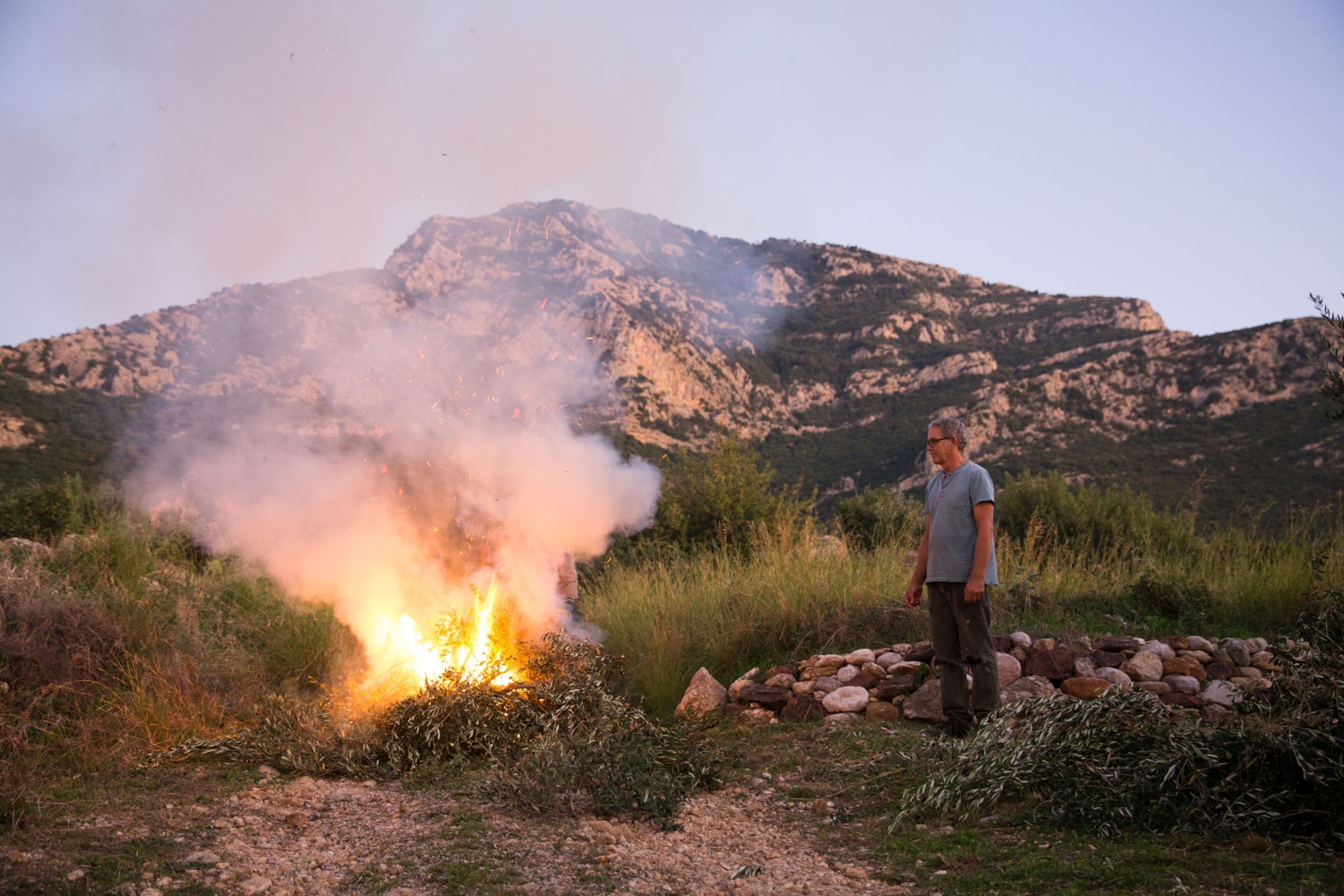
Throughout my travels, I encounter many producers following the same strategy, embracing an artisanal approach that emphasizes quality over quantity and finding a way to communicate the intricacies of olive oil to consumers.
It's an encouraging trend.
After three months of travel, I end my trip in Puglia, the olive growing capital of Italy. I pay a visit to the De Carlo mill just outside of Bari. The De Carlo family has been making olive oil since 1598 and, in the grand scheme of things, has been very successful. I tour the mill and groves with Marina De Carlo, then visit her office and dip bread in some of their oil. De Carlo speaks about the challenges of selling oil when consumers only want to pay five dollars for a bottle. I ask how she thinks we can educate people, and she gives the same answer I've been hearing for months.
"You have to taste oil. After you taste oil you never go back."
Before I leave, De Carlo introduces me to her mother and explains that I've been working on olive farms for the past few months. The older woman looks at me and smiles approvingly.
"That is a very good project," she says with a nod. "You have to work, you have to touch the olives, to understand the cost of making olive oil."
Eva Rendle is a journalist, photographer, and National Geographic young explorer based in Seattle, Washington. See more of her work here or follow her on Instagram.

